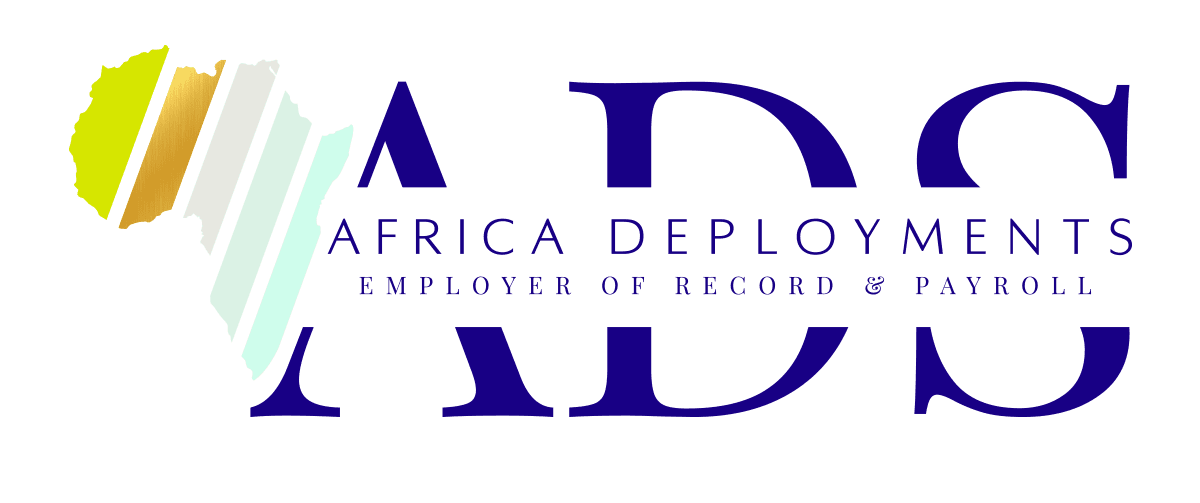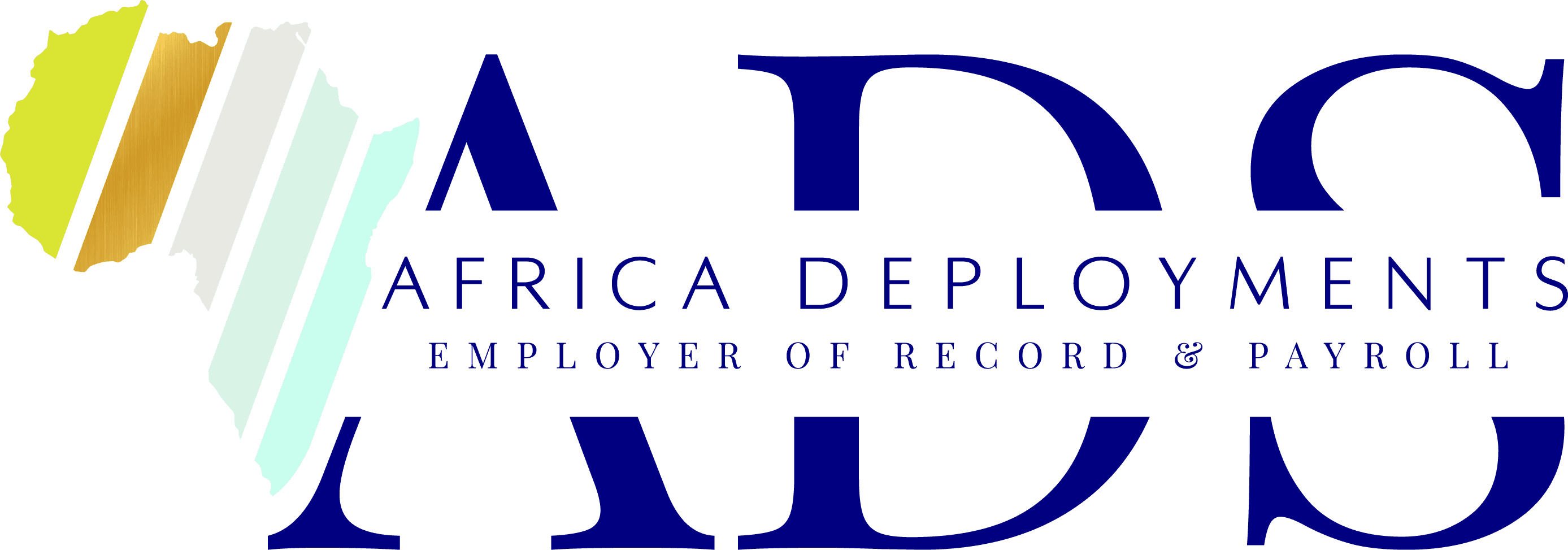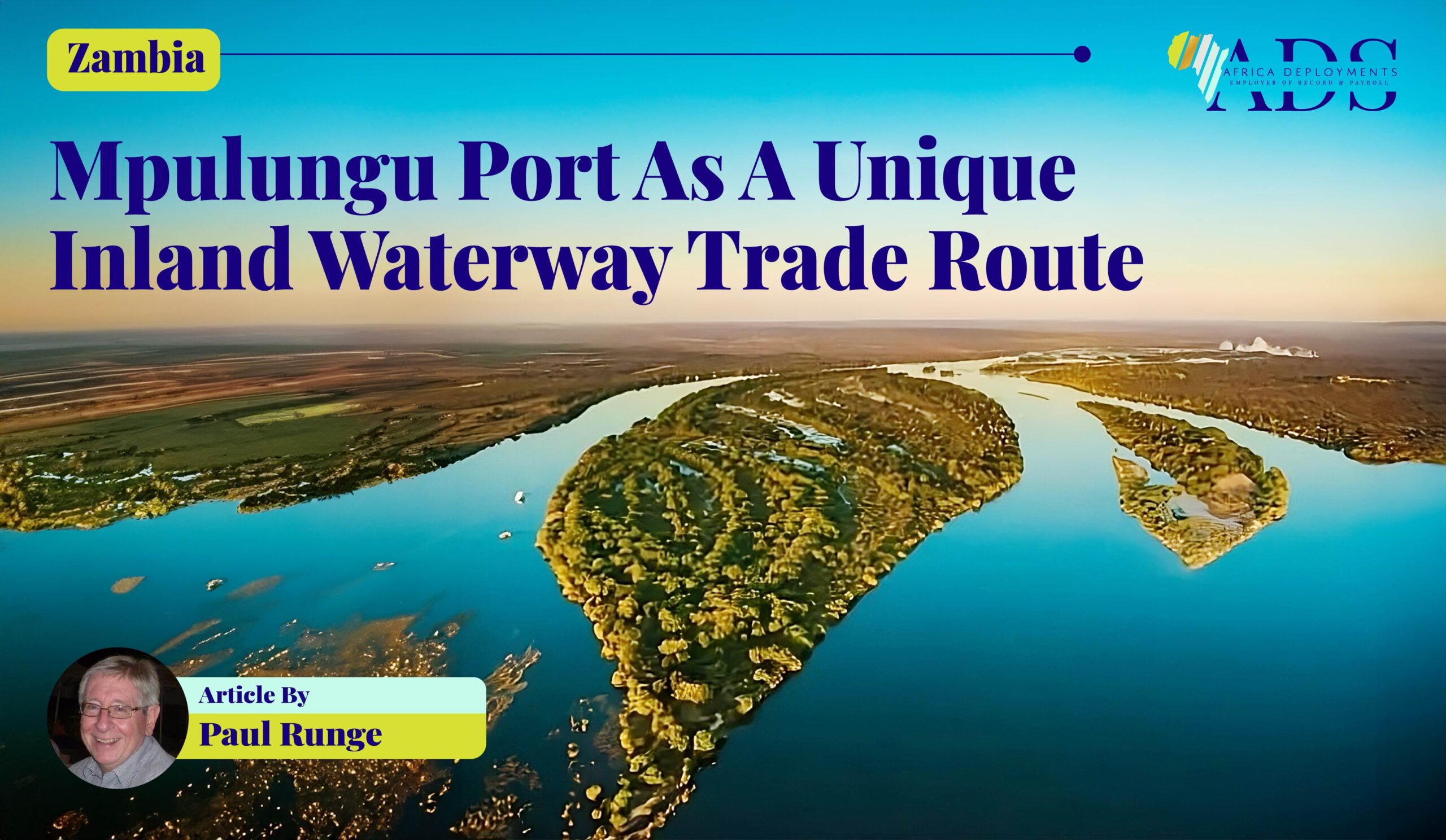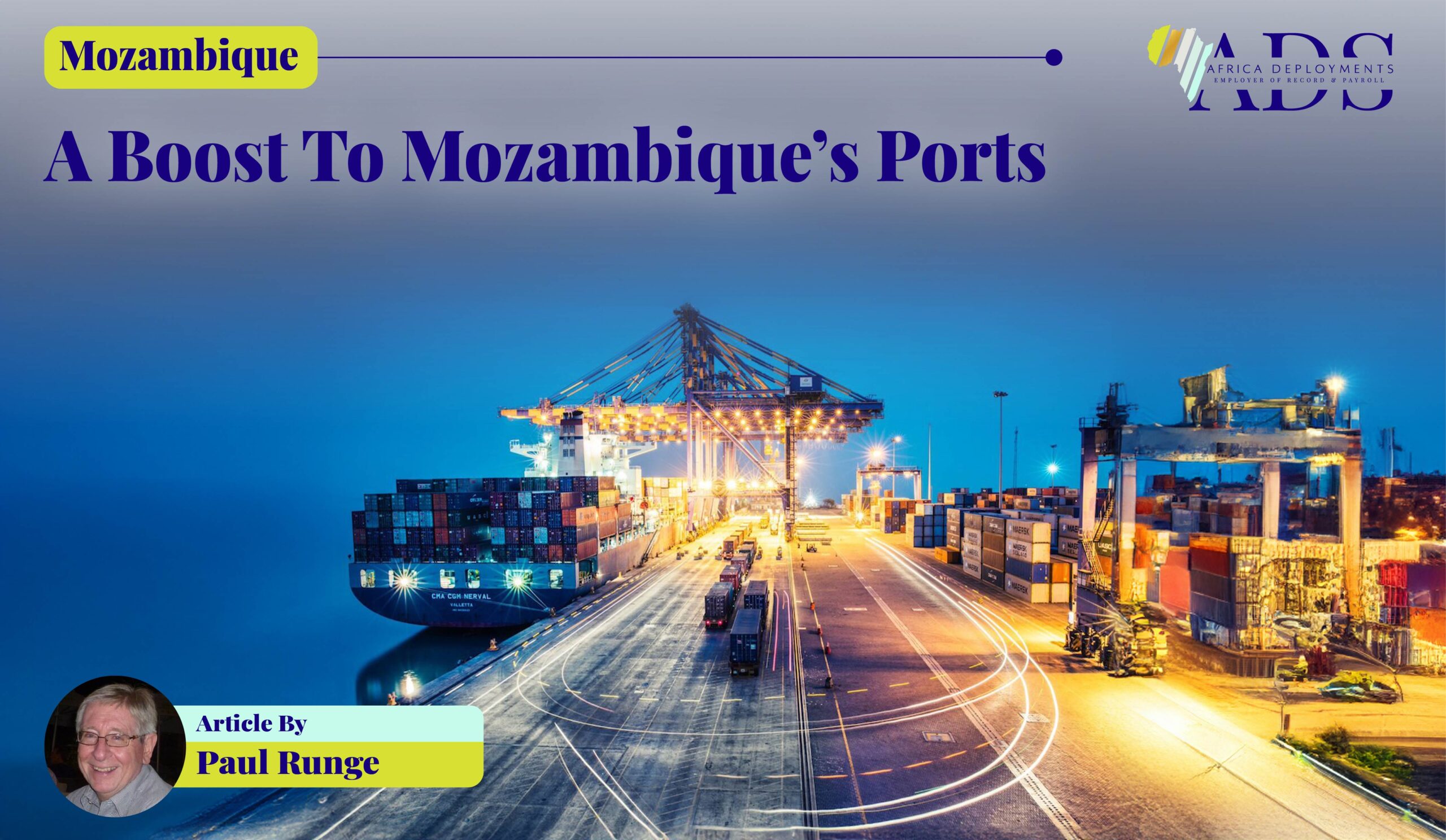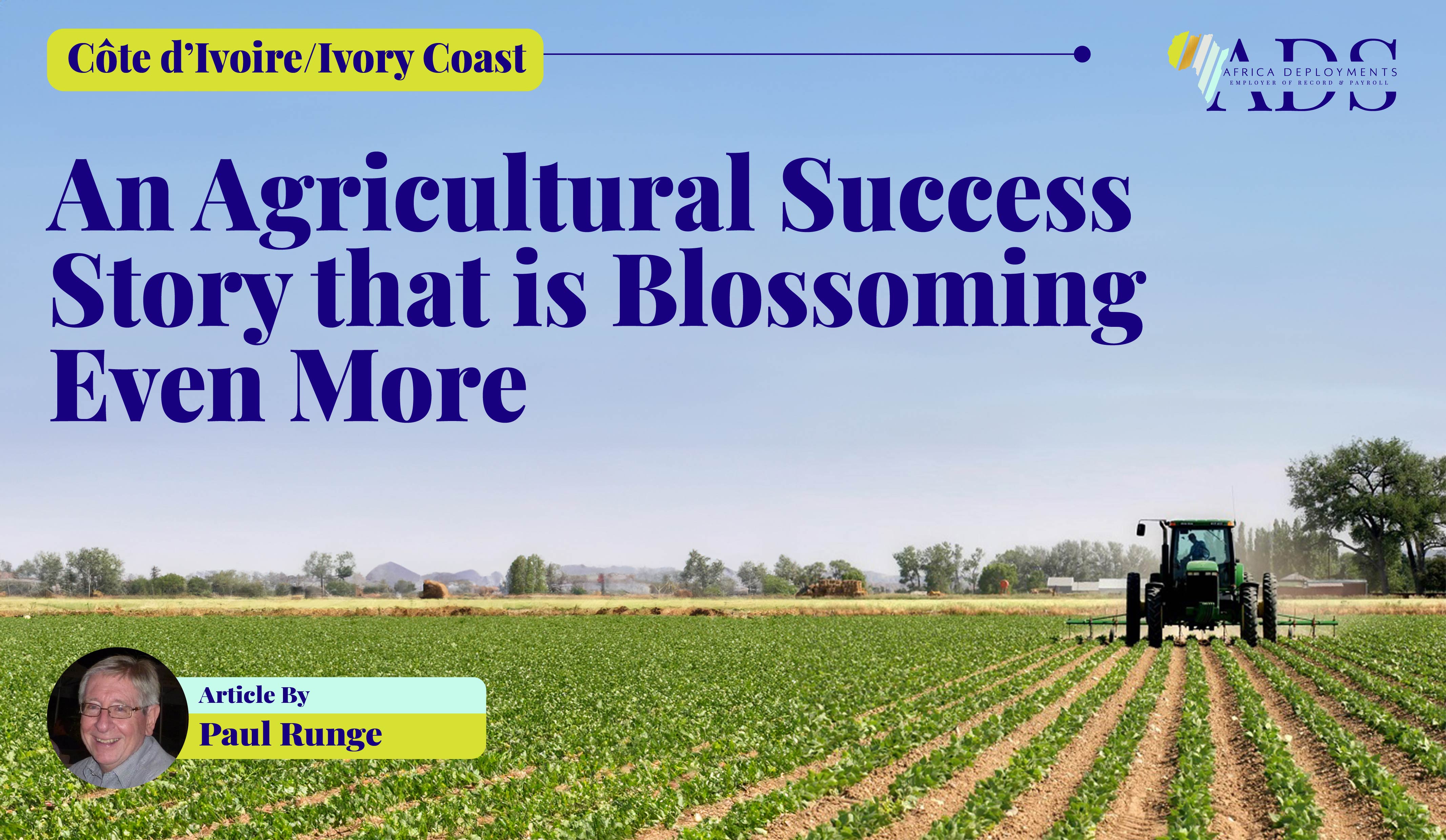
Côte d’Ivoire/Ivory Coast: An Agricultural Success Story that is Blossoming Even More
Why no dried mangoes?…
It was sometime around 2002 and I was walking with an Ivorian friend in the streets of Abidjan’s posh Cocody suburb.
“So many mangoes just lying all over the road and just rotting away. Why don’t you guys do something with them?”
“Do what with them?”
“Beneficiate. Process them. Dried mangoes cost a fortune in South Africa but they’re in huge demand over there.”
“What are you talking about? Dried mangoes? Never knew you could dry them.”
A leader in agricultural production…
Côte d’Ivoire is the third-largest economy in West Africa and the largest in Francophone West Africa. Its GDP growth rate over recent years has been impressive with the World Bank reporting a rate of 7% in 2021 and 6,7% in 2022.
It is widely recognised as the world’s leading exporter of cocoa. Less well-known is the fact that it is also the top cashew nut producer in the world. And the country produces palm oil (Africa’s second producer after Nigeria), coffee (number three in Africa) plus large volumes of cotton, bananas and other lucrative crops.
The country’s agricultural sector has been growing at an average of more than 7% per annum over the last twenty years. The sector accounts for around 22% of gross domestic product and employs about 50% of the labour force. Two-thirds of all exports are agricultural products. About 75% of the national territory is arable.

And serious initiatives for agri-industrial beneficiation…
The government is well into the second phase of the National Agricultural Investment Programme 2017-2025. Its serious intent to add value to its agricultural produce manifested itself in 2010 when it signed a compact with the NEPAD Comprehensive Africa Agriculture Development Programme. This major agreement and commitment pledged the government to the prioritisation of transformation and development of its agriculture sector.
Adoption of these programmes can be coupled with significant agricultural projects and initiatives. Nine integrated agricultural development poles are being developed throughout the country. The Agri-Food Sector Development Project provides for the use of modern technology to improve value chains. The E-Agric Project funded by the World Bank is installing digital platforms to improve production and market access for farmers. The National Platform of Action for Family Farming is a needs-based initiative providing producers with agricultural input kits including seeds and fertilizers.
On the commercial level, Côte d’Ivoire’s agricultural economy is largely based on smallholder farming. Nevertheless, major companies including Nestlé, Olam and Unilever are large-scale operators. There is synergy between major agri-industrial companies and small farmers. Olam Agri has for example, established itself as the largest cotton ginner world-wide and in Côte d’Ivoire, it is supporting some 20 000 farmers who are supplying its processing plants. The Ministry of Agriculture and Rural Development has recently begun promotion of agri-industrial parks.

But there is room for improvement…
There is a need to support agricultural activity in the less-developed and more arid north of the country. Although food insecurity has declined in recent years in these areas, sufficient food supply and malnutrition are major concerns in these areas. The government has announced a general acceleration of investment in the north to improve security there.
Diversification of agricultural production and reduction of dependence on main crops such as cocoa, coffee and cashew nuts is also necessary. Côte d’Ivoire is the largest importer of rice in Africa and the authorities have declared their intention to convert the country into a net exporter. The recently announced Scaling Up Climate Resilient Rice Production in West Africa is a regional initiative that includes Côte d’Ivoire. Various donors have expressed interest in the vitalisation of horticulture and alternative cash crops such as vegetables.
The Association of Cashew Producers of Côte d’Ivoire has reported a slump in cashew exports due to a fall in global demand. Despite strong competition from Asian suppliers, there is a need to improve processing ability. At the end of 2021, cashew production reached 1,1 million tons and yet the installed capacity for cashew processing stands at only about 330 000 tons per annum. The government has declared its intention to increase cashew nut processing capacity by 25%.

An example of vitalisation is the cattle industry…
In 2017, I undertook yet another mission to Côte d’Ivoire to investigate the cattle industry for an animal health company. I spent much of a day stepping gingerly around the messy streets of Port Bouët, situated on the outskirts of Abidjan, where the slaughter houses and the country’s single abattoir were located.
Despite being a largely agricultural economy, the country has only a small cattle head count of around 1,8 million with many not suitable for slaughter. These are located in the far north of the country and well away from the commercial centres of the south. A large percentage of the animals are brought to the south by road and rail from the neighbouring Sahel countries – Burkina Faso, Mali and Niger. There is a shortage of quality meat in the country and there are imports from numerous countries as far afield as those of South America.
Most of the slaughter houses processing cattle and goats that I saw in Port Bouët during my mission, were somewhat make-shift, and clearly short of standard hygienic requirements. However, there has since been some degree of clean-up and modernisation. In 2018, the abattoir in Port Bouët was renovated, (albeit that there are reports that its state has deteriorated again.) There is considerable excitement over the recent completion of an abattoir in the new city of Akwaba near Abidjan.

A promising environmental note …
There is a massive and most impressive tree on the spacious lawns of Abidjan’s luxury Radisson hotel. It serves as a stark reminder that this country once largely covered by thick jungle forest. A last vestige is the Banco Forest Reserve near the city where I once went for a jog and had the unfortunate experience of getting lost for an hour or two!
The International Union for Conservation of Nature reports that Côte d’Ivoire has lost 80% of its natural forest in fifty years due to agriculture, artisanal mining, illegal exploitation and fires. The good news is that the government has announced the restoration of 86 million hectares of deforested land by 2030.

And back to my mango story…
The country’s mango producers have had to contend with challenges such as diseases and low rainfall. Nearly half of the mango crop has been going to waste. But recent news is that the Swiss-based company, Agricultiva has just inaugurated the Agropark mango processing plant in the country. It will be producing frozen mango cubes as well as…
I’m sure that my Ivorian friends now know and understand the virtues of dried mango!

